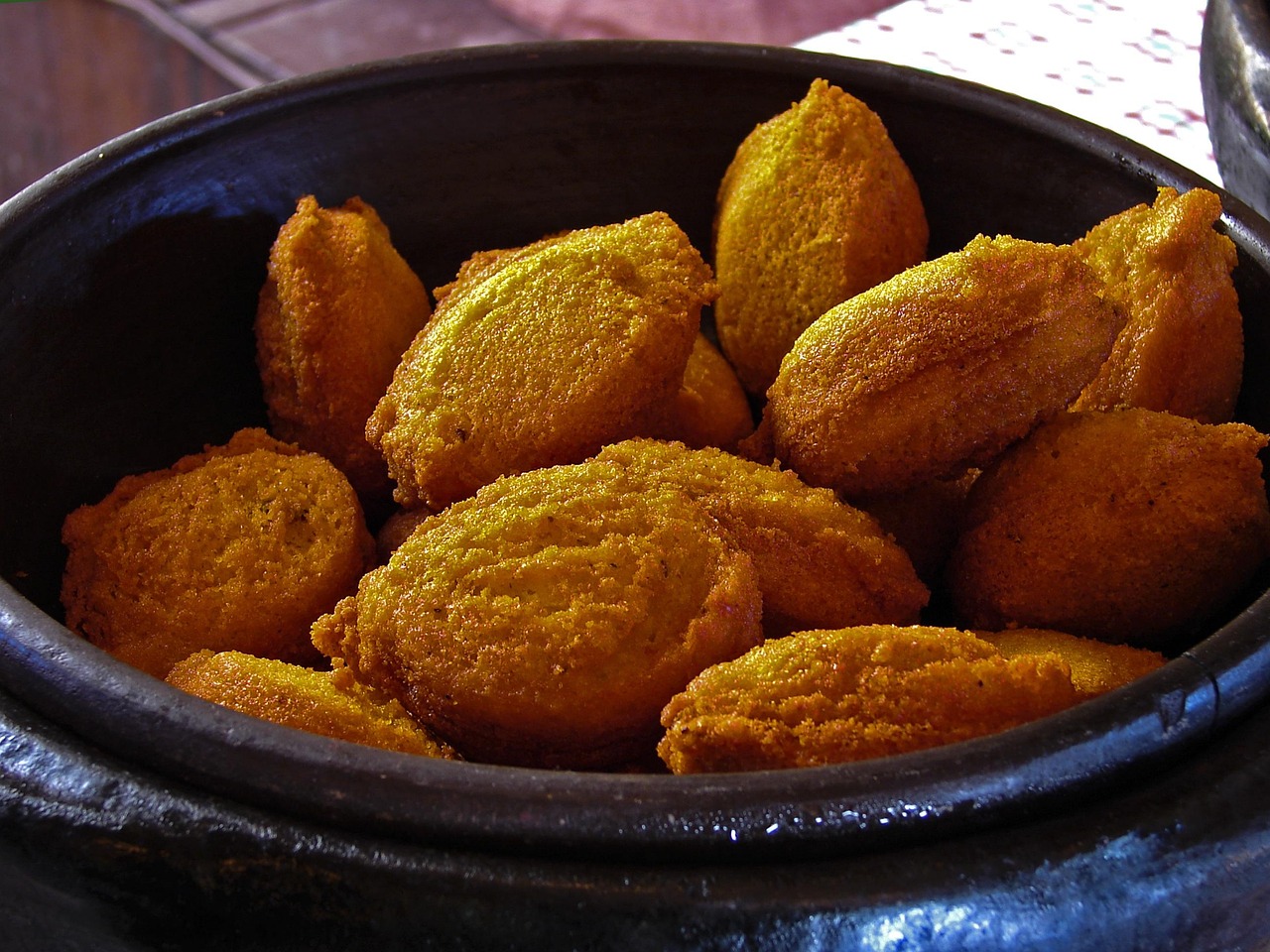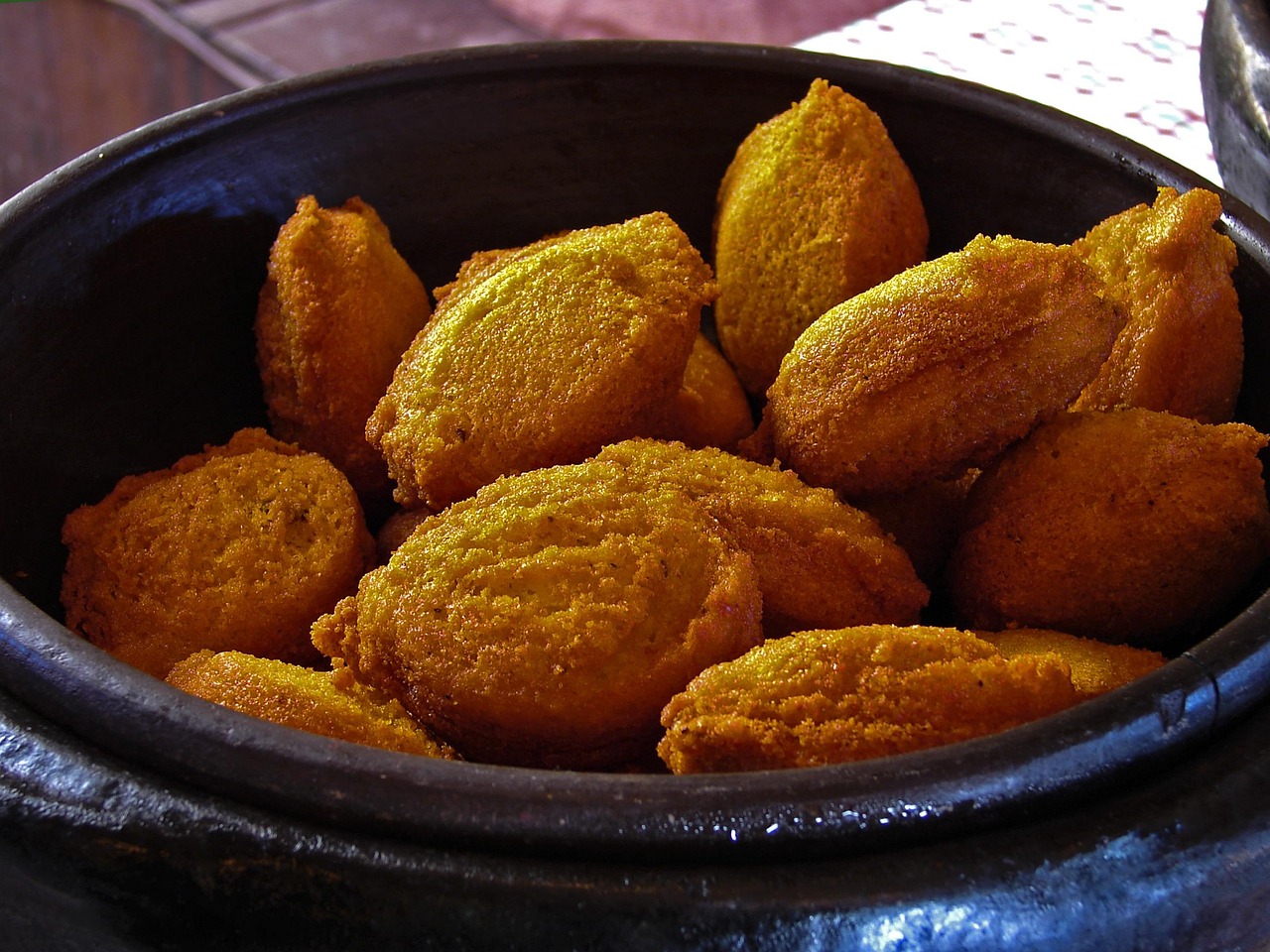Introduction
In the rich tapestry of global cuisines, the English language serves as a common thread that weaves through the diverse flavors and culinary traditions of countless cultures. From the hearty stews of England to the exotic spices of India, and the bold flavors of the Americas, the English language has become a lingua franca for food lovers around the globe. In this article, we embark on a culinary journey through the world of gastronomy, exploring the unique dishes and ingredients that have been immortalized in English, and the stories behind them.
The British Isles: A Melting Pot of Flavors
The British Isles have long been a melting pot of culinary influences, from the ancient Romans to the more recent waves of immigration. The English language, as the primary language of the region, has played a pivotal role in documenting and sharing these culinary traditions.
1、Fish and Chips: A National Dish
No discussion of British cuisine would be complete without mentioning the iconic fish and chips. This dish, consisting of battered and deep-fried fish served with thick-cut potato fries, is a staple in English pubs and eateries. The phrase "fish and chips" has become synonymous with comfort food and is often credited with bringing people together during the austerity of World War II.
2、The Afternoon Tea: A Tradition of Elegance
The English afternoon tea, a tradition that dates back to the 19th century, is a ritual that has been preserved and celebrated in English-speaking countries. It involves a selection of teas, sandwiches, scones with clotted cream and jam, and a variety of pastries. The term "afternoon tea" has become a symbol of sophistication and leisure, often associated with the upper classes and the British aristocracy.
3、The Full English Breakfast: A Morning Feast

For many, the day starts with a hearty Full English Breakfast, a meal that includes eggs, bacon, sausages, black pudding, baked beans, grilled tomatoes, and toast. This breakfast is a testament to the hearty and substantial nature of English cuisine, and the phrase "Full English Breakfast" has become a shorthand for a meal that is both filling and satisfying.
The Global Influence: English as a Culinary Bridge
The English language has also served as a bridge for culinary traditions from around the world, allowing for the sharing and adaptation of dishes in English-speaking countries.
1、Indian Curry: A Fusion of Flavors
The British colonization of India led to a fusion of culinary traditions, resulting in the creation of Anglo-Indian dishes such as curries. The word "curry" itself is derived from the Tamil word "kari," and it has become a staple in English-speaking households. The versatility of curry, with its myriad of flavors and spices, has made it a beloved dish that transcends cultural boundaries.
2、American BBQ: A Smoky Affair
The art of barbecuing, or "BBQ," has its roots in the Americas, with indigenous peoples using open fires to cook meats. The term "BBQ" has become synonymous with gatherings and celebrations, particularly in the United States and the United Kingdom. The smoky, slow-cooked flavors of BBQ have found their way into English-speaking kitchens, becoming a staple for summer cookouts and family reunions.
3、Mexican Tacos: A Wrap of Tradition
The taco, a traditional Mexican dish consisting of a tortilla filled with various ingredients, has gained popularity worldwide, thanks in part to the English language. The word "taco" has been adopted into English, and the dish has been adapted to suit local tastes, with variations such as the "Tex-Mex" taco gaining popularity in the United States.
The Art of Baking: English as a Language of Sweets
Baking is a universal language that transcends borders, and the English language has played a significant role in the global appreciation of baked goods.
1、The Scone: A Crumbly Delight
The scone, a light, crumbly biscuit that is a staple at English afternoon teas, has its origins in Scotland. The word "scone" is derived from the Gaelic word "sgonn," meaning a small cake. The scone has become a symbol of British baking, and its preparation and enjoyment have been immortalized in English literature and popular culture.
2、The Chocolate Chip Cookie: A Sweet Classic
The chocolate chip cookie, a simple yet indulgent treat, was invented in the United States but has become a global phenomenon. The phrase "chocolate chip cookie" has become a staple in English-speaking households, and the cookie itself has been adapted to include various types of chocolate and other ingredients, reflecting the creativity and diversity of English-speaking bakers.
3、The Croissant: A Flaky French Import
The croissant, a buttery, flaky pastry of French origin, has found a home in English-speaking countries. The word "croissant" is borrowed from French, and the pastry has become a symbol of continental breakfasts and a staple in bakeries worldwide. The croissant's popularity in English-speaking countries is a testament to the power of language in bridging culinary traditions.
Conclusion
The English language has played a crucial role in the global spread and appreciation of culinary traditions. From the comfort of a Full English Breakfast to the exotic flavors of an Indian curry, the English-infused gastronomy has enriched our palates and connected us through the universal language of food. As we continue to explore and share the diverse flavors of the world, the English language will undoubtedly remain a key ingredient in the rich recipe of global cuisine.











